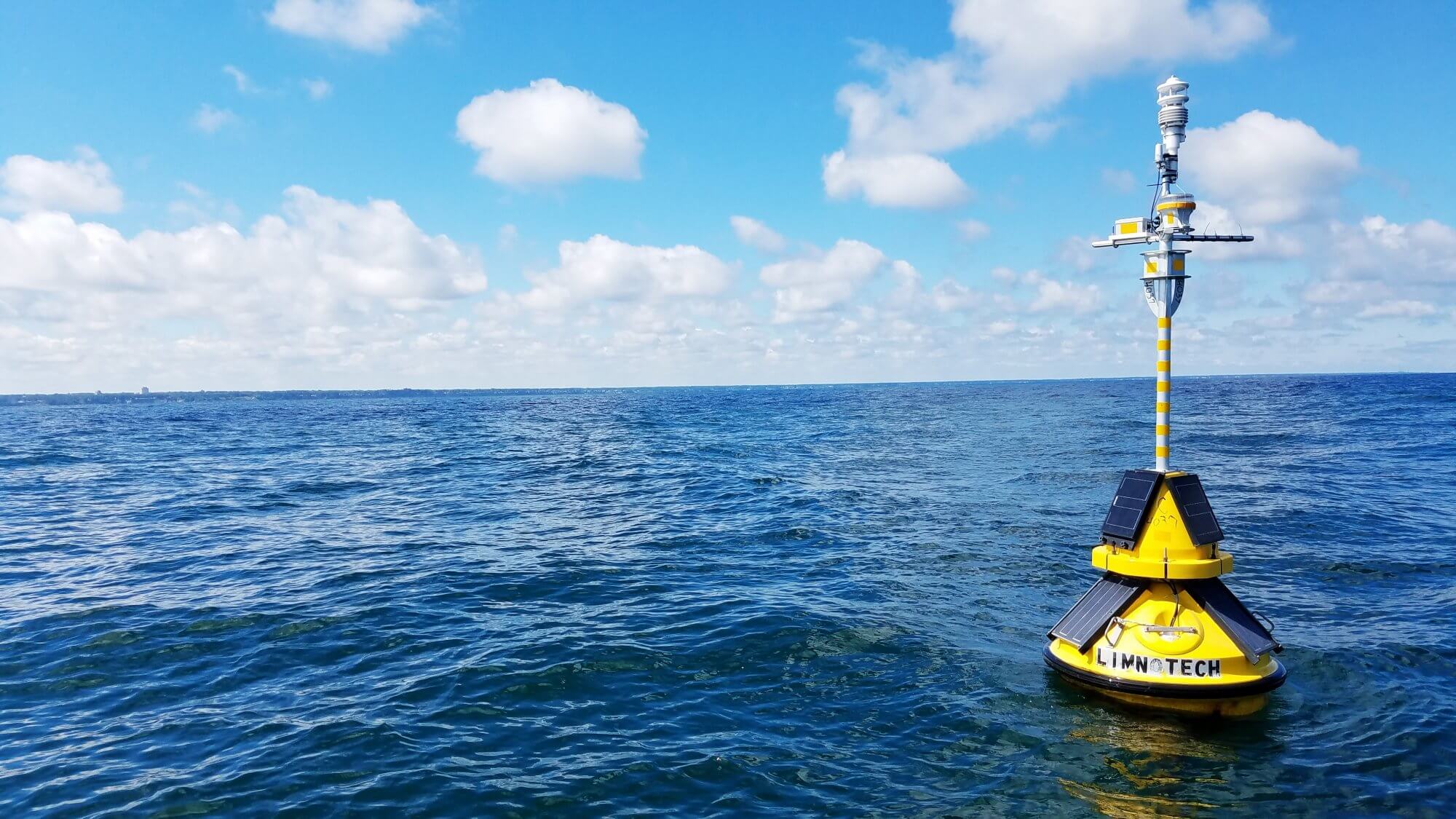June 10, 2019
LimnoTech will once again be well represented at the International Association for Great Lakes Research (IAGLR) yearly conference from June 10 to 14. Researchers from around the world will gather in Brockport, New York, for IAGLR’s 62nd Annual Conference on Great Lakes Research. The conference will feature four days of scientific sessions and speakers focusing on the theme Large Lakes Research: Connecting People and Ideas.
Ed Verhamme, Dan Rucinski, and Tad Slawecki will represent LimnoTech at the conference. Ed and Dan will be presenting at the conference. Ed’s first presentation is titled “Yeah Buoy! How Public Outreach Can Provide Sustainable Funding for Operational Monitoring,” and will take place on Tuesday, June 11, at 3:00 pm in Edwards Hall, Room 103. He will talk about LimnoTech’s work deploying environmental data buoys on the Great Lakes, including funding challenges, the popularity the buoys have gained, and how the original buoy used by LimnoTech for a project has gained public support to keep and expand deployment of buoys.
Ed’s second presentation is titled “Developing an Open Access Wireless Network for Lake Erie: A Smart Lake Necessity,” and will take place on Thursday, June 13, at 9:40 am in Edwards Hall, Room 105. He will talk about the emergence of low-cost, open-access wireless networks, and how they provide a unique element to the Smart Lake concept. Ed will also describe the 2019 pilot efforts, how people can access the network, and what else people can do to seamlessly connect on water sensors to cloud-based data management systems. Co-authors are Max Herzog of the Cleveland Water Alliance and LimnoTech’s John Bratton.
Ed will also co‑chair a Session on Thursday, June 13, at 9:40 am in Edwards Hall, Room 105, titled Smart Lakes: Real-Time Monitoring, Networking, and Analytics across the Great Lakes.
Dan Rucinski’s presentation is titled “Use of Multiple Model Grids in Aquatic Ecosystem Modeling,” and will be on Tuesday, June 11, at 4:00 pm in Edwards Hall, Room 105. He will talk about a whole-lake, linked hydrodynamic-eutrophication model being developed for Lake Ontario to support future decision making and adaptive management strategies. This presentation will show comparative evaluations of results generated for two types of grids, and discuss the advantages of leveraging a coarser grid to improve the efficiency and robustness of applying a fine grid that preserves the greater detail needed for final versions of the baseline and future scenario simulations. Co-authors are Yuan Hui and Joseph Atkinson of the University of Buffalo and LimnoTech’s Derek Schlea, Todd Redder, and Renn Lambert.
If you attend the conference, stop by to listen to Ed’s and Dan’s presentations, take a minute to talk to Ed, Dan and Tad about the work LimnoTech is doing to advance Great Lakes Science, or contact them at everhamme@limno.com, drucinski@limno.com, or tslawecki@limno.com to learn more about our work.





